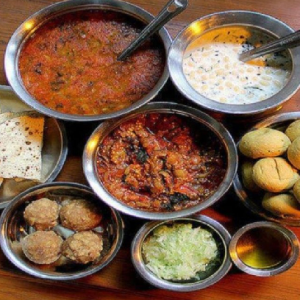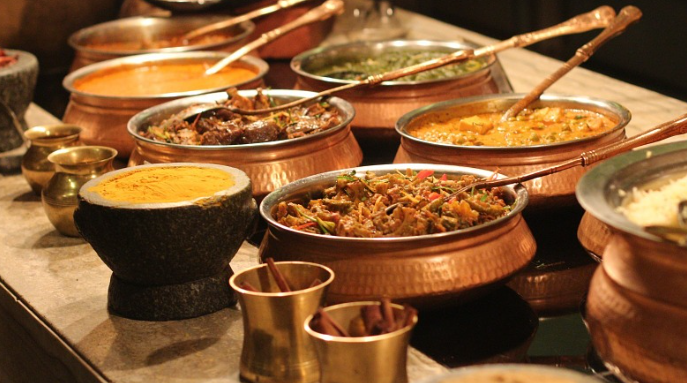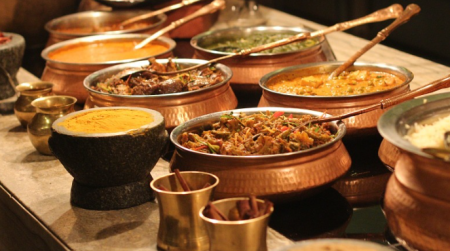How to Start a Food Catering Business from Home in India
1. Develop Your Culinary Skills: Master the art of cooking a variety of dishes that cater to different tastes and dietary preferences.
2. Create a Business Plan: Outline your business goals, target market, menu, pricing, and marketing strategies.
3. Obtain Necessary Licenses and Permits: Secure a food business license, health permit, and any other required documentation from local authorities.
4. Set Up Your Home Kitchen: Ensure your kitchen meets hygiene and safety standards. Invest in essential equipment, such as stoves, ovens, refrigerators, and storage containers.
5. Design Your Menu: Create a diverse menu that includes appetizers, main courses, desserts, and beverages. Consider dietary restrictions and offer customizable options.
6. Set Pricing: Research market rates and determine pricing that covers your costs and generates profit. Offer discounts for bulk orders or loyalty programs.
7. Market Your Business: Utilize social media, online directories, and local advertising to promote your catering services. Build relationships with potential clients, such as event planners and corporate offices.
8. Take Orders and Manage Logistics: Establish a system for taking orders, confirming details, and coordinating delivery or pickup.
9. Prepare and Deliver Food: Cook the food to perfection and package it securely. Arrange for timely delivery or provide instructions for pickup.
10. Collect Payment and Manage Finances: Set up a payment system and maintain accurate financial records. Offer convenient payment options, such as online transfers or cash on delivery.
Additional Tips:
- Partner with Food Delivery Apps: Expand your reach by partnering with food delivery platforms like Zomato or Swiggy.
- Offer Catering for Special Occasions: Cater for weddings, birthdays, corporate events, and other special gatherings.
- Provide Excellent Customer Service: Respond promptly to inquiries, address concerns, and ensure customer satisfaction.
- Maintain Hygiene and Safety: Adhere to strict food safety practices and maintain a clean and sanitary kitchen environment.
- Continuously Improve: Seek feedback from customers and make adjustments to your menu, pricing, and service based on their suggestions.








